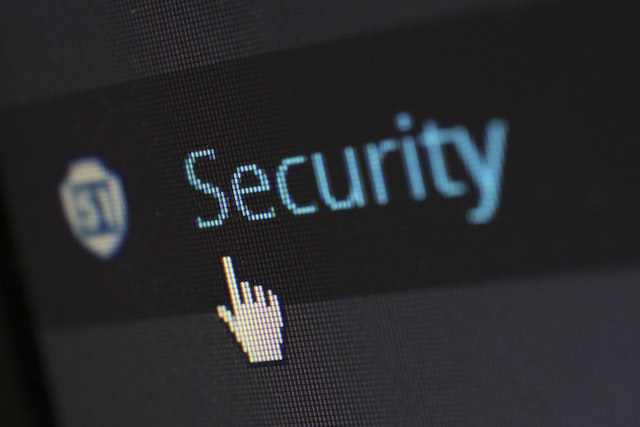Unfortunately, the modern-day hacker doesn’t care who they target. And every day, students are being targeted when they go online at home or school.
So what can be done to protect them?
This article will highlight seven easy ways for students to stay safe online. We’ll share tips, tricks, and cybersecurity tools to ensure every student can surf, research, and use the internet without compromising their well-being.
1. Create stronger passwords
Passwords are the backbone of cybersecurity, and it’s no surprise that the stronger they are, the more secure students will be at home and school. So, how does a student make a strong password?
Firstly, length matters. The longer the password, the more difficult it is to crack. Passwords should be at least eight characters long, with a mixture of both upper and lower-case letters, symbols, and numbers used throughout.
Students should avoid using well-known phrases and dictionary words in their passwords, instead substituting specific characters to make each password unique and unguessable.
Never repeat passwords for multiple accounts, and never use personal information like birth dates or pet names. If keeping track of long passwords proves difficult, students might prefer using security tools like a password manager, which can automatically encrypt, store, and enter passwords into trusted sites.
2. Only use trusted sources
When browsing the internet for sources or material, students need to be mindful of where they’re visiting and what they’re downloading. Cybercriminals often create fake education websites that ask you to submit personal information or download suspicious-looking content.
For example, double file extensions are a significant threat to students nowadays. Malicious executable files are disguised as innocent-looking extensions, like .jpg or .txt files. A student might think they’re downloading a simple image, but actually, they are downloading an executable file that will infect their PC.
Students should only visit reputable websites for information and content to combat this. That way, they can be assured the files they’re accessing are legitimate. Furthermore, students can reveal file extensions in the View tab of folders to give them peace of mind the files they’re clicking are what they claim they are.
3. Use multi-factor authentication
Multi-factor authentication (MFA) can protect you if your password is compromised. Once activated, a person must verify their identity again, usually through single-use codes sent by email or text or by confirming their identity on an app.
This means the hacker would need additional access to other accounts. After failing to log in, they’ll be frozen out of the account, giving enough time for a student to change passwords.
4. Use a virtual private network
A VPN is an innovative cybersecurity tool that keeps a student’s online activity private. It encrypts their internet connection, scrambling data sent and received. This makes it impossible for hackers to monitor online activity.
This means a VPN can protect you on unsecured, public Wi-Fi networks, like a school library or café. Moreover, premium VPNs have various cybersecurity features that can help protect you, including flagging malicious files before you click on them, blocking web trackers or intrusive ads, and more.

5. Make regular backups and store them correctly
Backing up data is an important life skill that students should learn quickly. Not only will it allow you to recover lost or deleted files, but it will allow you to get back on your feet soon after a cyberattack.
But you must also be mindful of how and where you store your information. Most experts recommend a hybrid backup plan, which includes storing information:
● on a cloud-based storage (with encryption)
● on physical backups (e.g., a hard drive with password encryption).
Students should get into the habit of regularly backing up their work, as this will give them the most flexibility in returning to a time when they had access to a file.
6. Avoid oversharing private information
Students must recognize that their personal data is essential. And sharing too much online information about their personal lives can be dangerous. Cybercriminals will use this information to crack passwords, steal account information, and defraud you through elaborate phishing scams.
Phishing scams are when criminals use personal information they’ve collected about you, impersonate legitimate people and services in your life, and trick you into clicking on a malicious link or downloading a corrupted file.
To keep scams at bay, students should avoid posting private information like their date of birth, home address, and the courses they are studying, and ensure all social media profiles are set to private.
7. Remember physical cybersecurity
Schools are busy places, and you must remember that it’s essential to recognize the physical side of cybersecurity. Students might leave sensitive information, including their school work, student information, and emails, open for any passerby to see or take advantage of.
If leaving a school computer or device, even for a short break, close down all programs, fully log off the system, and always keep external devices, like USBs and flash drives, with you.

